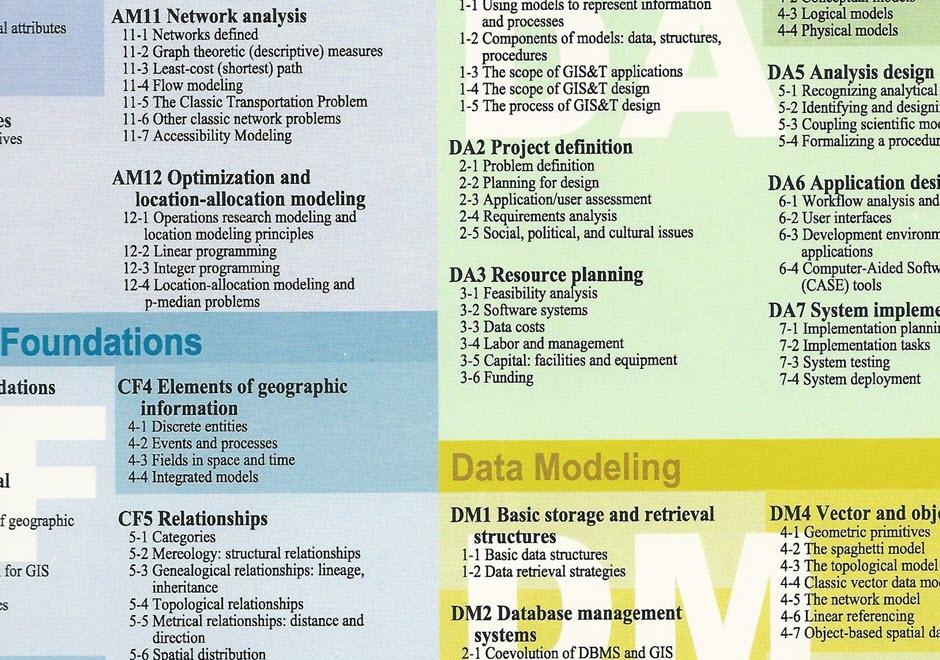KE-06 - Social, political, and cultural issues

- Recognize the unique constraints or opportunities of the social or cultural context of a potential application
- Compare and contrast the needs, constraints, and opportunities of different types of institutions, such as corporations, non-profit organizations, government agencies, and educational institutions



GS-16 - Social critiques